This dance form originated in 12th century as a medium to entertain kings in Seraikela (now in Jharkhand). Today, Chhau is emerging as a proven method in theatre training
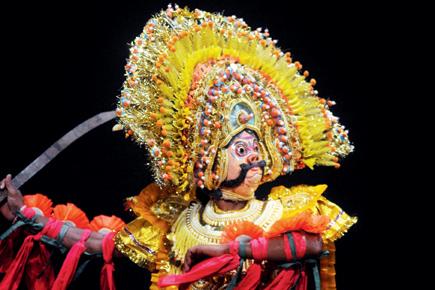
A Chhau performer
In 12th century, when the Pala Empire in Bengal was losing its hold in eastern India, a small cantonment in Seraikela (now in Jharkhand) was preparing the grounds for a dance form using the techniques of Indian art of combat. The tribal Folk dance that later came to be known as Chhau, is now being used in theatre training.
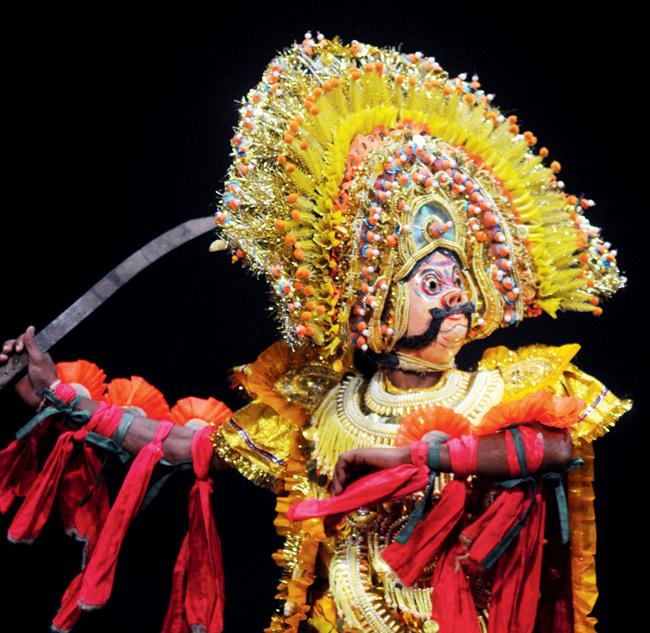
A Chhau performer at an event held in the city. Pic/Bipin Kokate
Starting from June 17, Ravindra Natya Mandir will host a 10-day session with Chhau artiste Govind Mahato who will teach the basics of this form to theatre aspirants.
ADVERTISEMENT
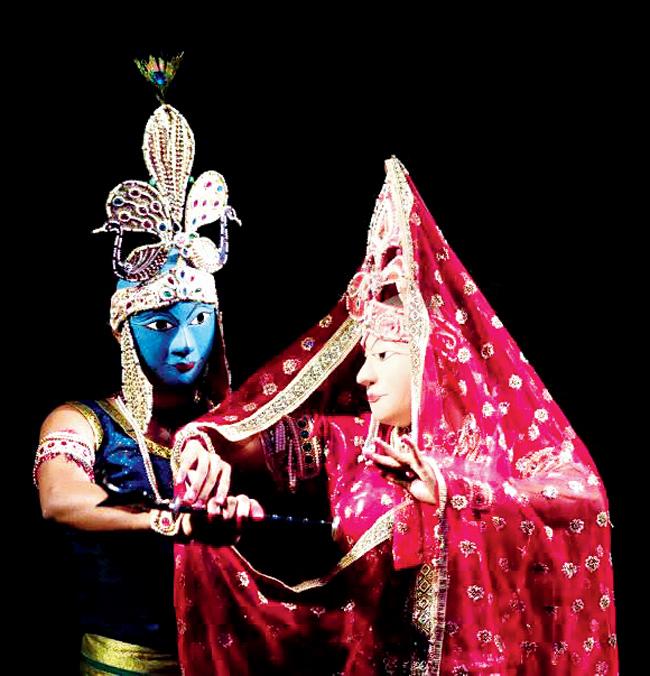
A stage performance based on Seraikela Chhau
Mahato has been learning and performing Chhau under Guru Shashadhar Acharya for the 13 years. The workshop has been organised by Ananth, a city-based organisation that conducts workshops on dance and theatre. It will focus on how Chhau dance has much to teach about storytelling.
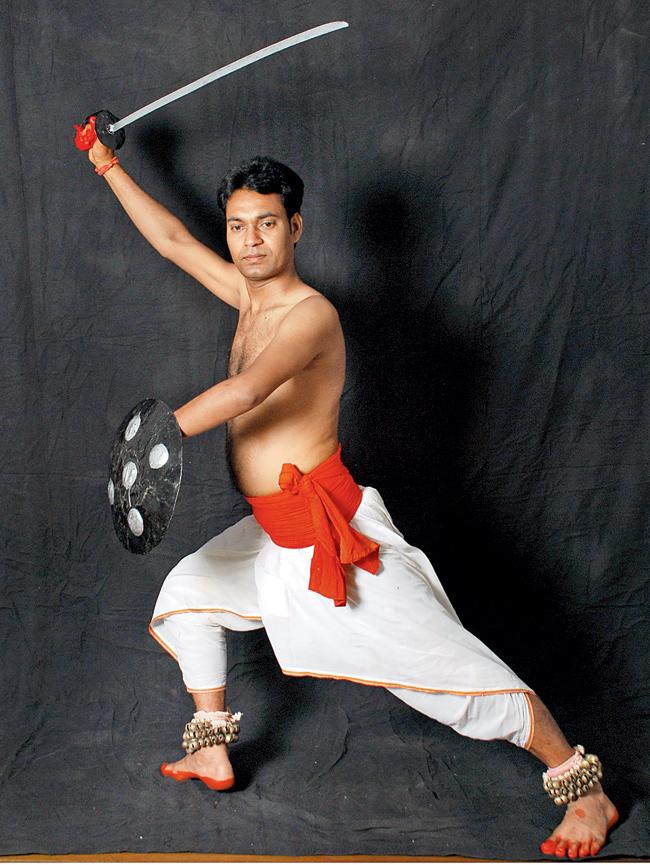
Govind Mahato dressed in the traditional Seraikela Chhau attire
Chhau and theatre
Mahato says that Chhau dance is close to theatre, and importantly to nature, as most of its movements and postures are inspired from nature. “It has nearly 13 exercises that help improve body flexibility, stamina and body balance — all necessary elements of theatre. Hence, it can be useful to help theatre artistes understand their body and to use movement to express their character in a better way,” explains Mahato, who will be conducting the workshop for the second time in the city.
He elaborates that Seraikela Chhau relies on numerous movements and postures to express emotions as artistes always wear a mask. Perhaps this is the most important lesson that modern theatre can learn from Chhau, “How do we use movement to keep the audience interested? This form mastered it hundreds of years ago,” the 30-year-old reminds us.
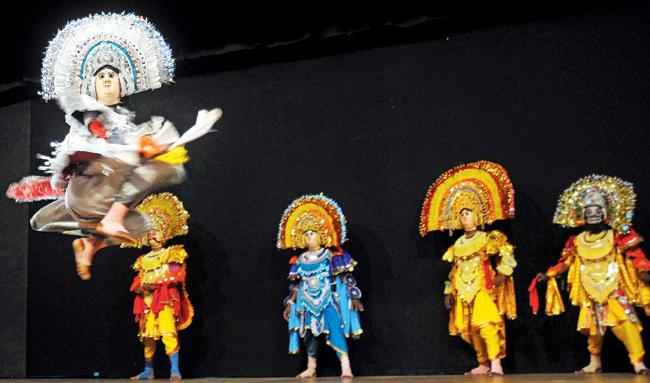
A still from a performance on Chhau dance. PIC/Bipin Kokate
The mask dance
There is plenty of debate on the origins of the word ‘Chhau’. Some believe it came from the Sanskrit word ‘chhaya’, meaning mask while others believe it was derived from chhauni, which means military camp. Interestingly, Mahato says that both — masks and military combat techniques — form the two most important elements of this tribal art form. “There’s no written history on Chhau dance; most of it has been passed on orally for generations, so, it’s difficult to validate anything. However, research indicates its origins to Seraikela, from where it moved to Mayurbhanj in Odisha and later, to Purulia in West Bengal. Most types are the same; the difference lies in the use of mask designs,” he adds.
The nature connect
Mahato says that Chhau dance owes most of its glory to a Seraikela king named, Aditya Pratap Singhdev, who improved the presentation and technique of this dance. “He created the first rules of the Seraikela Chhau dance, and also wrote most of the 200-300 stories that exist today in this dance form,” he reveals. He adds that most of the stories in Chhau dance are very short, and last between five to 10 minutes. These portray several emotions and messages.
For example, Prajapati, a five-minute act story created by the king is inspired from the movements of a butterfly. Bheem and Duryodhan’s fight looks at how ego can destroy a person. Then there’s Phool and Basant, a short story about two lovers. “Keeping all these stories in mind, the king divided Chhau into three basic parts — Chali (imitation of movements of people, trees and animals), Upsli (actions inspired from chores of the common people) and Khel (art of weapons use). To master all this, one has to undergo training and practice. I have been learning for the last 13 years,” says the artiste .
From: June 17 to 27, 8 am to 10 am
At: Ravindra Natya Mandir, Prabhadevi.
Call: 9769547347
 Subscribe today by clicking the link and stay updated with the latest news!" Click here!
Subscribe today by clicking the link and stay updated with the latest news!" Click here!







